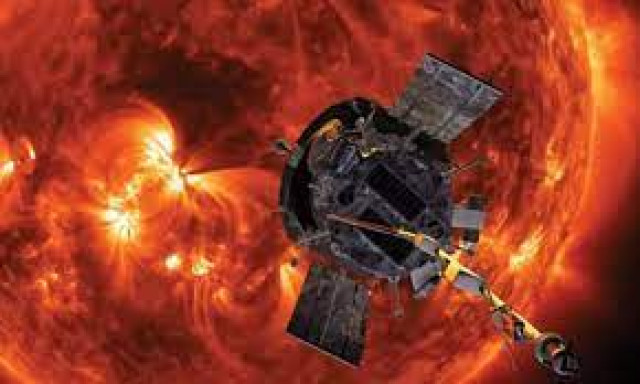Aditya-L1 Spacecraft Marks Milestone with Successful Deployment of Magnetometer Boom in Space: Decoding the Implications
- Posted on January 25, 2024
- Technology
- By TSW NEWS DESK
- 143 Views
On January 11, 2024, the Aditya-L1 spacecraft achieved a groundbreaking milestone by deploying its 6-meter-long magnetometer boom in space at Lagrange Point-1. This achievement, 132 days post-launch, is pivotal for the mission's goal of studying the Sun's chromosphere, corona, and interplanetary magnetic field, contributing to advanced solar physics research.
 Image Source -www.millenniumpost.in
Image Source -www.millenniumpost.in
The
Aditya-L1
spacecraft, a project by ISRO, celebrated a major triumph on January 11, 2024,
successfully deploying its 6-meter-long magnetometer boom in space at Lagrange
Point-1. This significant accomplishment occurred 132 days post-launch, while
the spacecraft was positioned in a halo orbit at the Lagrange point L-1.
The
magnetometer boom holds paramount importance in the Aditya-L1 mission, which is
dedicated to studying various aspects of the Sun, including its chromosphere,
corona, and interplanetary magnetic field. Equipped with two advanced fluxgate
magnetometer sensors, strategically placed at distances of 3 and 6 meters from
the spacecraft's main body, the boom aims to measure low-intensity magnetic
fields in space.
To ensure precision in measurements, the dual sensors help minimize interference from the spacecraft's magnetic field, providing more accurate estimations. The boom's innovative design, constructed from carbon fiber-reinforced polymer, features an articulated mechanism with five segments connected by spring-driven hinge mechanisms. This design enables the boom to fold and deploy accordion-style, controlled by a patented Kevlar closed control loop mechanism.
During
the deployment operation, the boom, held securely during the launch phase by
two hold-downs, initiated its unfolding process through a thermal cutter-based
release system upon command. Telemetry data confirmed the seamless release of
the hold-downs, the initial motion of the boom, and the successful locking of
all hinges. The deployment time, recorded at approximately 9 seconds, fell
within the predicted range of 8 to 12 seconds.
This
flawless deployment operation marks a significant step forward for the
Aditya-L1 mission, allowing scientists to gather precise measurements of the
interplanetary magnetic field. This, in turn, contributes to a deeper
understanding of solar phenomena and their impact on space weather, signifying
a groundbreaking achievement in the realm of solar physics research.




